Image by Nabil Edlerkin.
DF: Here’s the whole process. Kendrick or I will dream something up, although the idea could come from staff members too, and we’ll come into the office, and we’ll figure out how to create a system around the idea to make it self-sufficient. We make sure it’s going to be impactful, influential, financially stable, it’s going to shake people up, and it’s going to tell a story. When it’s developed, we ask, “Does it move you?” Eventually, after repeating that process enough times, we get to a place where we can’t poke any more holes. That’s what we call “break and repeat”. Once there are no more holes to poke, I feel comfortable putting it into the universe. So that’s the process. We apply that to everything that we do.
GA: In your video for ‘Family Ties’, a graphic that reads ‘A DAVE FREE FORMAT’ flashes on the screen twice. How would you describe the ‘Dave Free format’?
DF: Challenging, informative, and it has a big ego. The work has a big ego, not the actual person. Okay, the person got an ego too, gotta keep that in check, but I meant the work.
GA: How do you feel about where pgLang is at right now?
DF: I’m excited that we’re getting to a place where the brand can stand on its own. From there, we’ll be able to do product and different offerings using the brand’s name as a strong characteristic where you don’t just think “pgLang: Kendrick Lamar” or “pgLang: Dave Free”; you think “pgLang: quality, high-standard, engaging, forward-thinking, the future”. If we do that correctly, this can last hundreds of years.
GA: I love that.
DF: That’s really what our focus is: how to make sure we position ourselves for the long haul so that this lives way past my time here on Earth. We’re just a small dot in this big, vast thing, and if you zoom out to the atmosphere of our world, you can’t even see us! That’s why I want us to broadcast our stuff into the universe. That way, it can hopefully affect an alien. Do you know what I mean? If they’d be influenced by some shyt I did, that would be tight. Like, if I get the alien kid framing my shyt on his wall, that’s crazy. Thinking about that is kind of fire.
GA: Most of the scenes in your latest videos are very complex and meticulously orchestrated. They clearly take an enormous amount of time and energy to coordinate and execute. Instead of milking these scenes, though, or giving them a lot of screen time, you use them for like half a second. Why work so hard on something and only show it for a blip?
DF: Because we’re always focused on the youth element. A lot of the choices that I make are sparked by how they receive information. These days, they got to be stimulated, you know? Imagery was experienced on a much slower level when we were younger. We could sit down and relish an image and really dive into it visually; they don’t have that context now. This new generation, they tend to revisit things later, though. They might decide to sit with it after you caught their attention, but you gotta catch their attention first to even make that possible.
GA: Do you feel like adapting to the youth is part of your responsibility as a creator?
Image by Nabil Edlerkin.
DF: Yeah, for sure. It’s our job to not care so much about what we want the world to see but rather who we want to speak to. Then, we can shape our information and art around them so that they can take hold and take ownership of it. That’s really what I believe art is. A lot of times, people try to box art in and be like, “It’s just for these people.” Art is for everyone. I’m trying to be Campbell’s Soup. I want the shyt that everybody understands, everybody loves.
GA: You want to make an impact so big that it can be seen from space, but you also seem to be in no rush about it.
DF: Because if I give you something hollow, you don’t have anything else to look for. If we take our time and make you something that’s dense—that you might not even understand when you first see it—when you rewatch it five or six years later, you’ll be like, “Oh shyt, damn!” I remember listening to Jay-Z lines and not understanding anything he was talking about, same with 2Pac lines, or Dr. Dre. Years later, I listened to the same thing and was like, “He was talking about this! He was talking about that!” They just left you with so much to explore. I’m trying to give you a whole ball of yarn to unwind.
GA: And you’re not just weaving your own perspective into that yarn and passing it off to the world; you’re also weaving in questions that bring your audience in or allow them to take ownership of the art, which reminds me of when Kendrick promoted the release date for
good kid, m.A.A.d city in ‘The Heart Pt. 3’ by asking, “Will you let hip hop die on October 22nd?” October 22nd passed eleven years ago, and that line still bounces around in my head. I’m always thinking about what he might have meant by that or how he might have felt saying it. Do you remember the rationale behind promoting the album that way?
DF: Everything starts from the truth, and that was Kendrick’s truth. It wasn’t even a marketing scheme. He was asking how to keep this thing going—this thing that’s so beautiful and changed all of our lives and gave us all our opportunities. Every question artists ask gets posed to our team first, like, “How do we deliver this message in a way that provokes people into this concept, into this space?” I remember that saying that day, too. I felt obligated—even as a person making it—to go listen to the album 100 times.
Image by Nabil Edlerkin.
GA: I know you’ve used ‘miyatola’ as an alias throughout your career. What does that name mean?
DF: I can’t tell you. There’s only one person that knows, and it’s my mama. So I’m sorry brother. Kendrick don’t even know. Kendrick made guesses. He’s between two different versions, and he’s right on one of them, but he doesn’t know which one is right. He’s tried to trip me up sometimes, but I never trip up.
GA: I guess the mystery lives on. That’s another thing you pack that ball of yarn with: mystery. It’s like you got an MF DOOM mask on an entire company.
DF: You want to see what’s behind the mask, right?
GA: You’re damn right I do. Thank you for doing this interview.
DF: Thank you, man! Hearing your perspective, how my work has impacted you—it’s a mindfukk. I feel like I’m starting to see my influence and my age at the same time. It’s kind of tight. When the fukk did this happen?
GA: You’re popping your head out like, “That’s what’s going on out here?”
DF: I’ve been hiding way too long.
Words by Gabe Allanoff
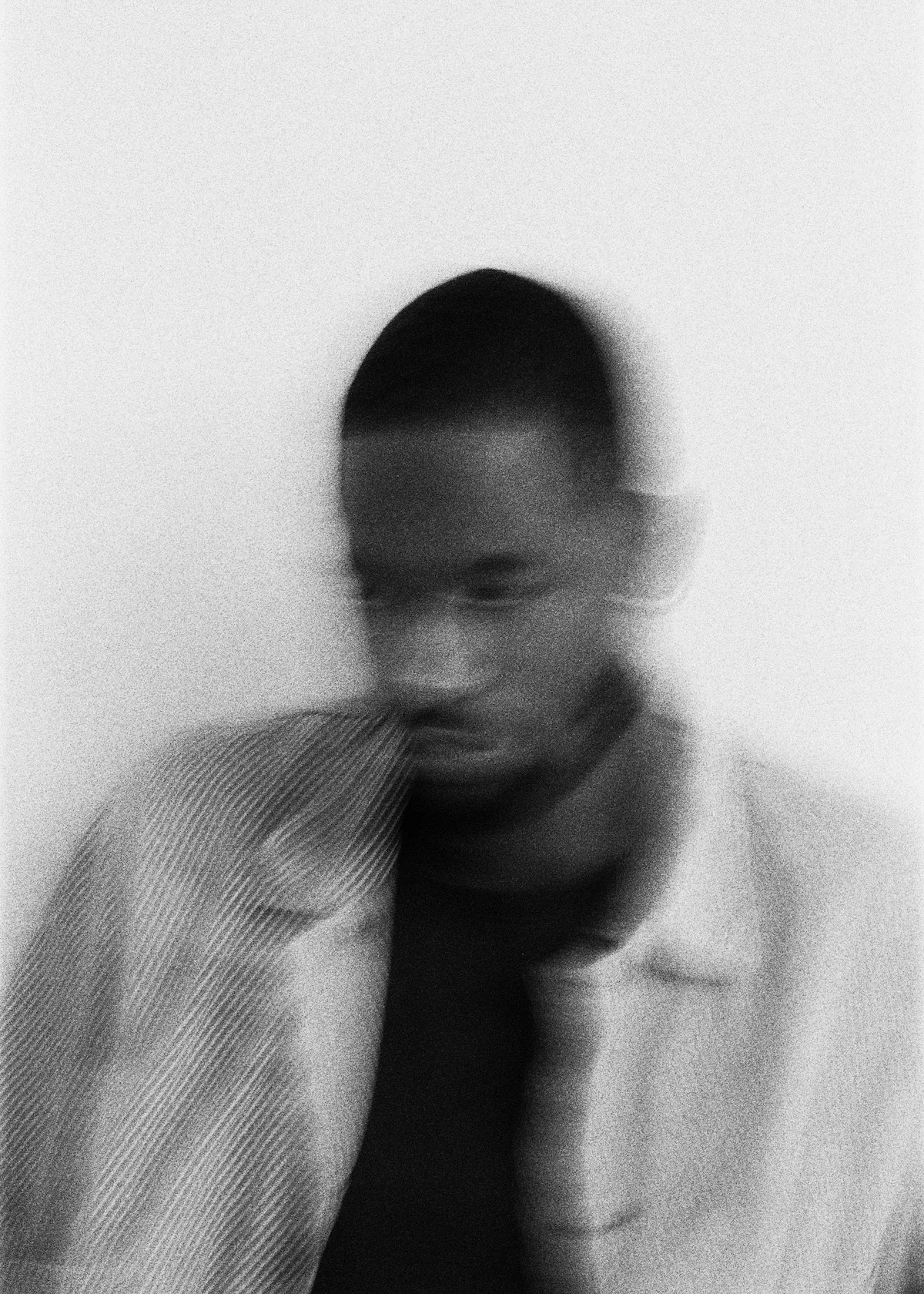



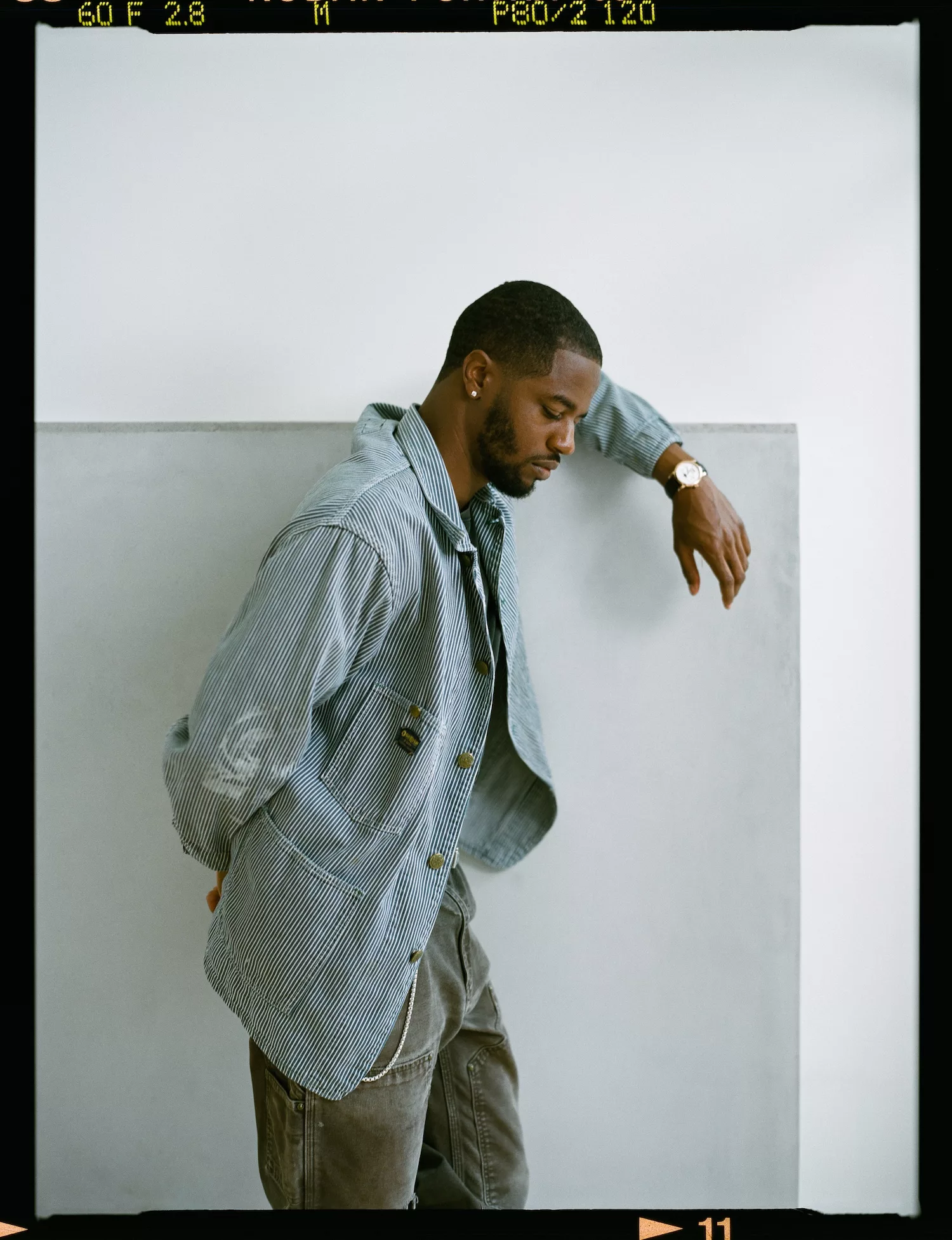

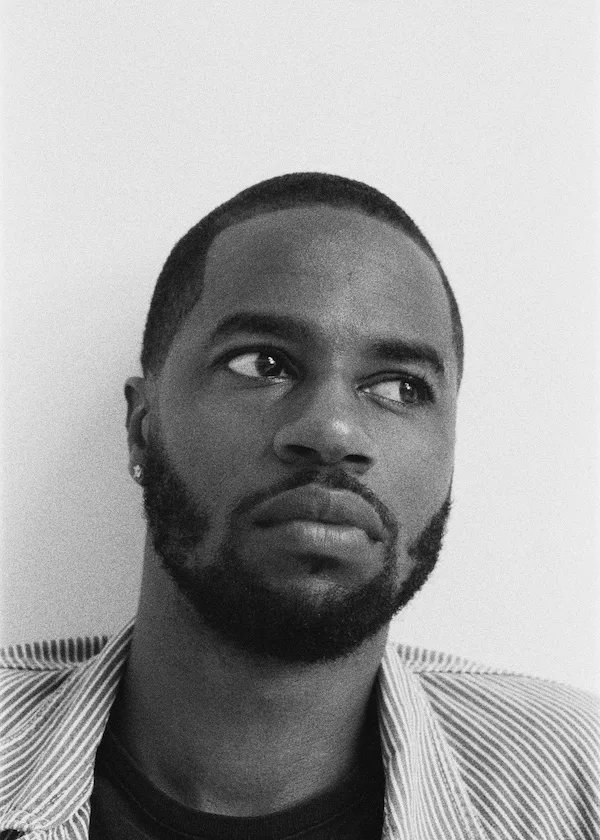
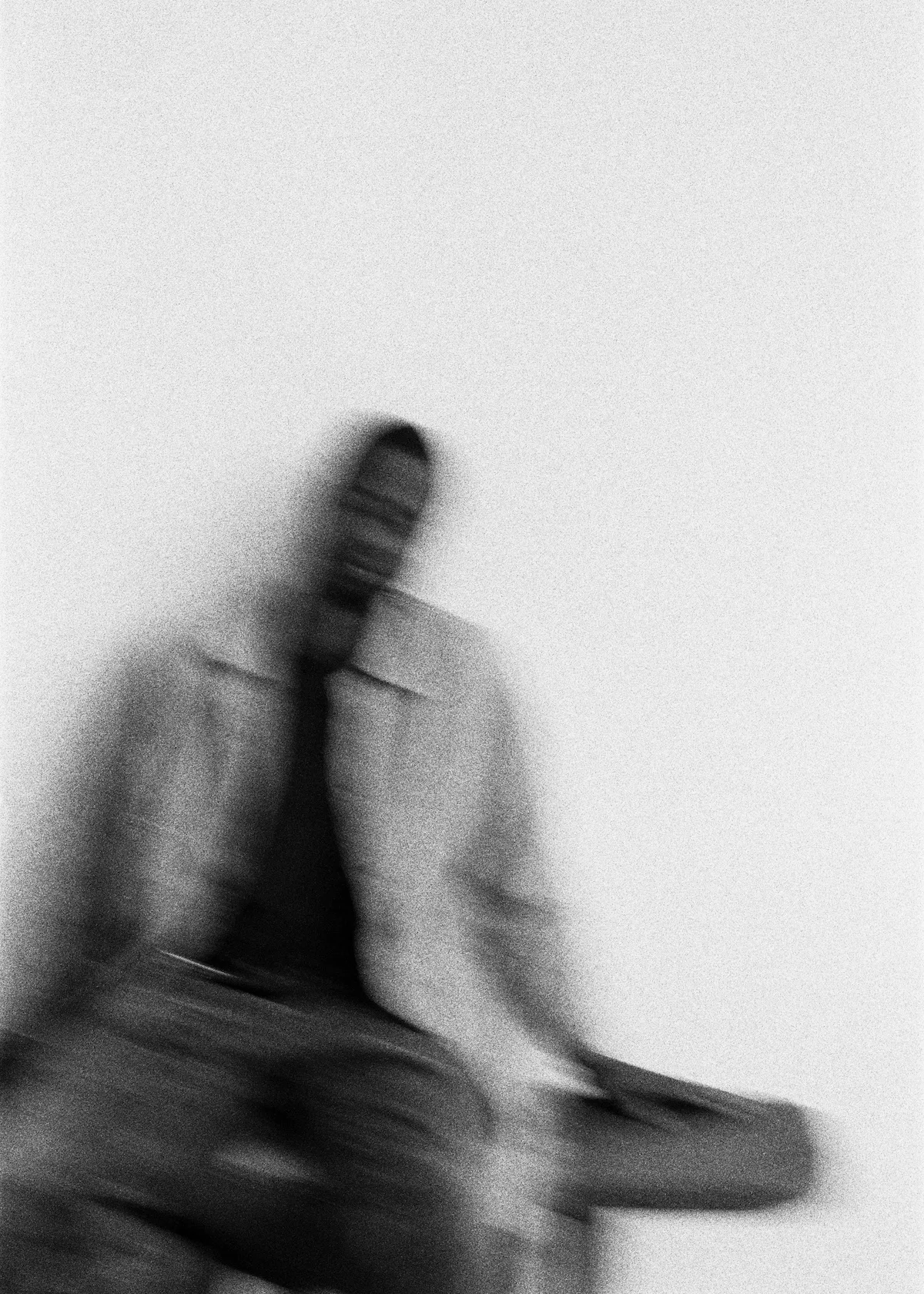
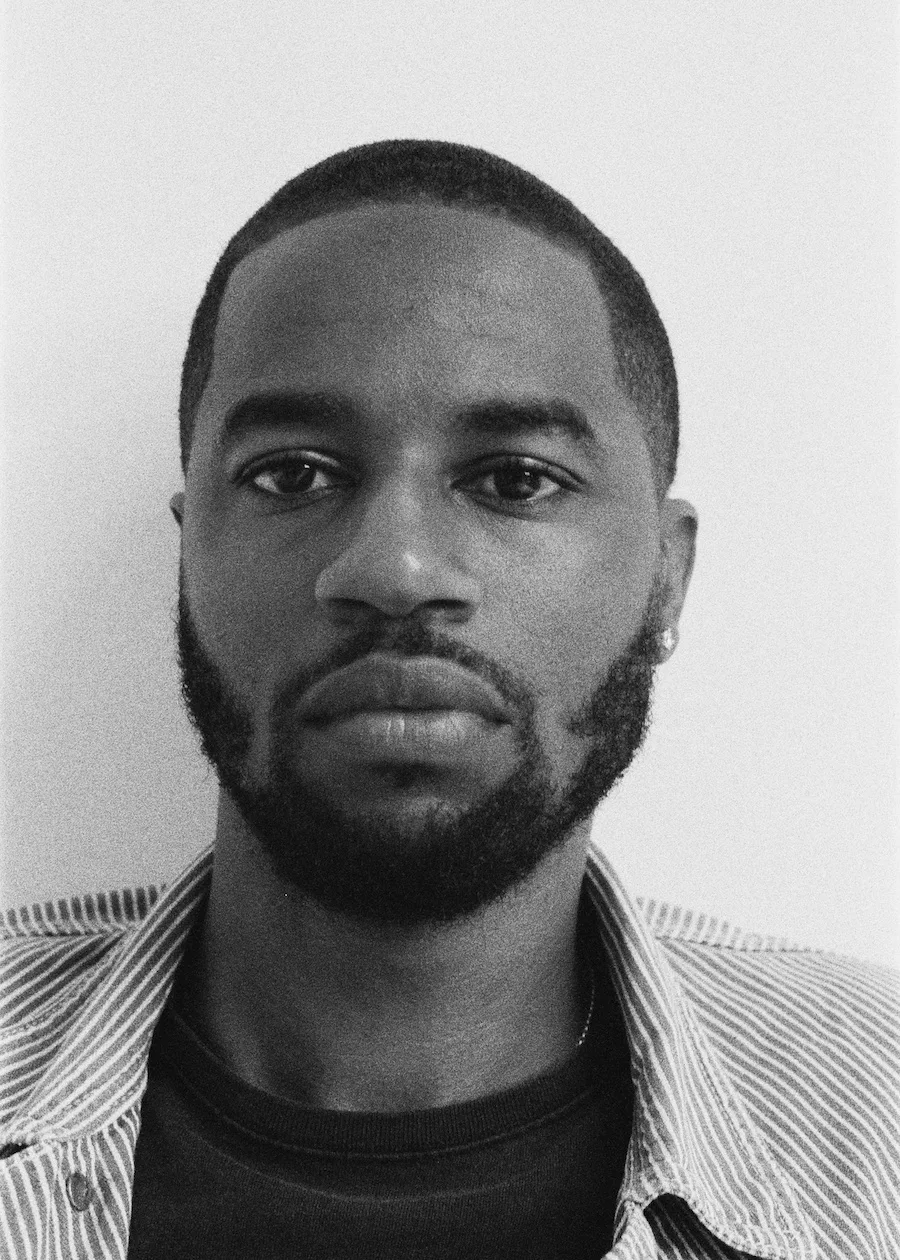







 on top of being self taught
on top of being self taught